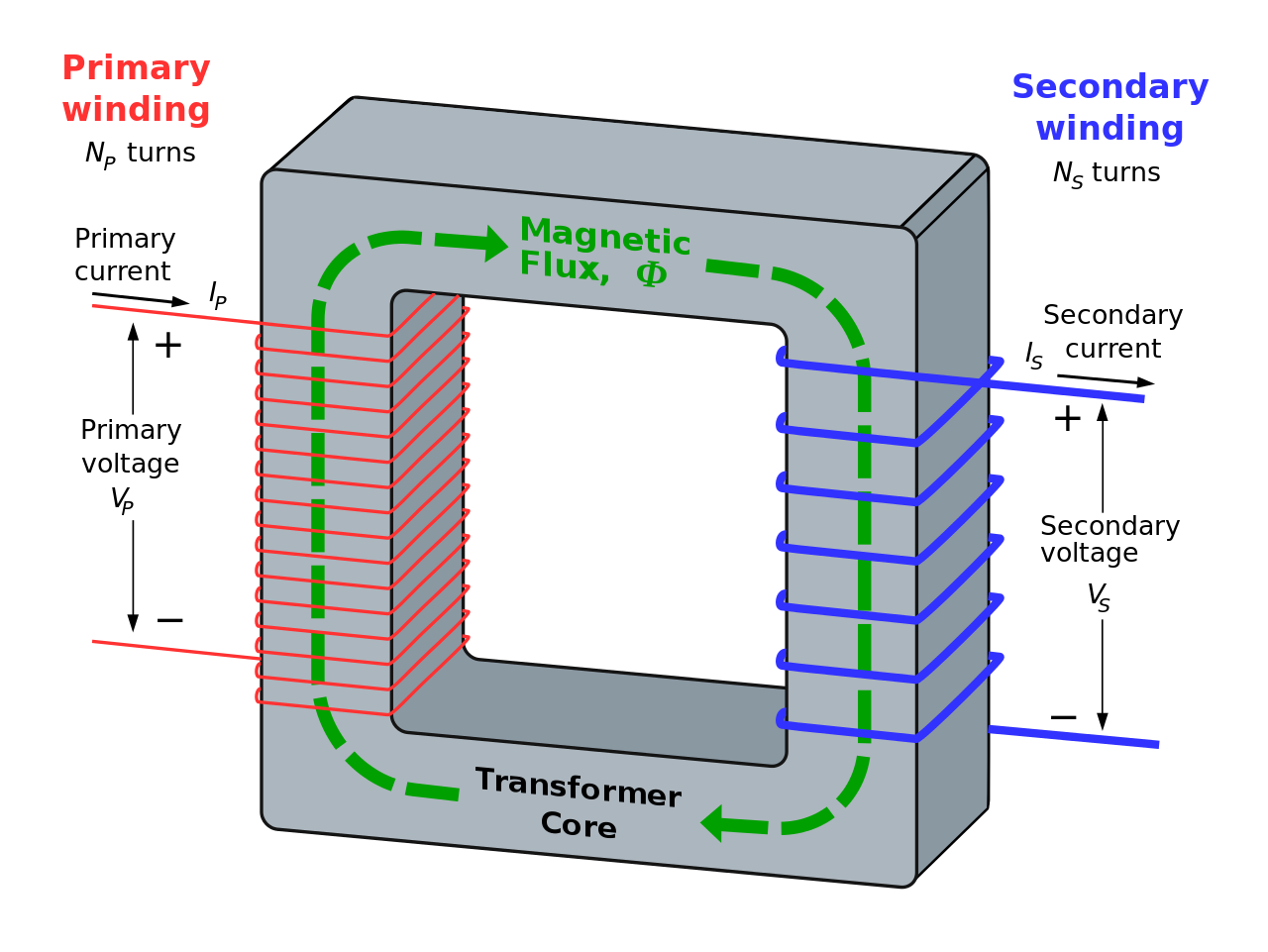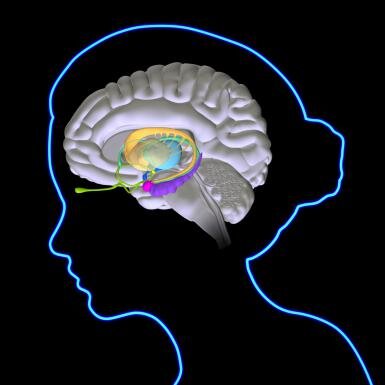Are You a Step-Up or Step-Down Transformer?
This article was originally published in the Maryland Association of CPA's quarterly magazine, The Statement. Anxiety and creativity are always inversely proportional to each other. The more anxious you are, the less creative you can be. Therefore, trying to increase your creativity only makes you more anxious. Thinking, “I need to be creative, now!” is unlikely to work.If you want to increase your creativity, you must focus on lowering your level of anxiety. Note that anxiety is different from stress. You can be in a stressful situation but be non- (or at least less) anxious about the situation. Stress is the circumstances you are in, whereas anxiety is the emotion you feel.Most people I speak with about this concept are very accepting of the idea, at least for themselves. However, I have found that while people resonate internally with the idea, their leadership style does not reflect it in how they approach others. In leading people, they tend to increase the anxiety of a situation by their behavior. They are “step-up anxiety transformers.”
 Transformers are amazing
Transformers are amazing
An electrical device that transfers electrical energy between two or more circuits through electromagnetic induction is known as a transformer and are used to increase or decrease the voltage of electric power of the power grid.These amazing devices work by wrapping wires around a piece of metal at different densities. If the density of the wrapped wires is lower on the incoming side than the outgoing side, then the voltage is stepped up. If the density of the wrapped wires is higher on the incoming side than the outgoing side, then the voltage is stepped down.A great example of this is the A/C to USB adapter on your iPhone. One hundred and twenty volts (standard US electrical outlet) would instantly fry your phone. The adapter reduces the voltage to the needed 5 volts for the phone. The little gizmo is a step-down transformer.In their ground-breaking book, Healing Leadership, Howard Hansen and Steve Geske, postulate that like electrical transformers, leaders can be one of two different types of transformers. They can either step-up the level of anxious energy in an organization or step it down. Sadly, many people are step-up transformers. They write:
The least mature in any group, including families, tie up energy resources. They are eager to create a negative presence. We have come to call these people, ‘step-up transformers.’ Neutrally anxious energy goes in. Highly anxious energy comes out. The net outcome is that leaders’ energy levels are reduced along with the capacity to focus on creative work. They are… skilled at making mountains out of every mole hill.
Far too many leaders fail to recognize this trait in themselves. They think they are helping by “creating a sense of urgency” or “getting people to be accountable.” This is nonsense as it is not only unhelpful, but instead sows the seeds of the leader’s own destruction. They are smothering the ability of their people to develop new and creative alternatives to the problems faced by the organization. Instead, fear takes root as the basic emotion of the group and after fear toxicity quickly follows.
What can be done?
Simply put, nothing, except for the leader to recognize that they are step-up transformers and make a conscious choice to become step-down transformers. Like their metaphorically electrical cousins, step-down transformers attempt to lower the level of anxiety by being a non-anxious presence themselves. They do this by becoming a self-differentiated person – someone who is aware of and acknowledges the anxiety of the group, but does not get enmeshed in the anxiety themselves.In times of crisis, a self-differentiated leader seeks out a balance between being responsible for what they are in fact responsible for and being labeled as obstreperous, that is difficult to work with. This is not an easy task for many leaders, even leaders who we have traditionally viewed as “good.” Many “good” leaders all too often step in and save the day. In many cases, this behavior is out of benevolence, they truly care and want to help. Curiously, this ultimately leads to a) people thinking they need the leader in more and more situations rather than relying on themselves and b) the leader thinking they must continue to save the day and thus it becomes a vicious circle that sucks the creative energy from the group and replaces it with anxious energy.
Characteristics of step-down transformers
 One of the key tools of the step-down transformer leader is humor. (Note not sarcasm.) Humor, especially if a bit self-deprecating and well timed can significantly defuse the anxiety of situations. The reason is that our human limbic (emotional) systems are open to the influence of others, they are not closed. This is why you might laugh at a comedian while in a comedy club, but barely chuckle at the same jokes if they are listening to them on TV while you are alone in a hotel room. Great comedians have the ability to actually link up an audience’s limbic systems.A step-down transformer leader also knows to make a decision when the same questions keep getting asked over and over again. Alternatively, they sometimes reframe the question in a new way that allows the conversation to take a new less anxious direction. Reframing questions is a learned skill that can be practiced, however, recognizing when to do so is an art form in step-down transformer leaders.Lastly, step-down transformer leaders know how and when to confront people with their own freedom. This is perhaps the greatest challenge of any leader because it takes not only the ability to recognize the situation, but the courage to act upon it. Often, people who are confronted with their own freedom recoil at the thought. They would rather view themselves as being imposed upon by others. “I have no choice,” is a frequent reply. Great step-down transformer leaders demonstrate by their own actions that human freedom, especially of one’s own feelings, is a choice.
One of the key tools of the step-down transformer leader is humor. (Note not sarcasm.) Humor, especially if a bit self-deprecating and well timed can significantly defuse the anxiety of situations. The reason is that our human limbic (emotional) systems are open to the influence of others, they are not closed. This is why you might laugh at a comedian while in a comedy club, but barely chuckle at the same jokes if they are listening to them on TV while you are alone in a hotel room. Great comedians have the ability to actually link up an audience’s limbic systems.A step-down transformer leader also knows to make a decision when the same questions keep getting asked over and over again. Alternatively, they sometimes reframe the question in a new way that allows the conversation to take a new less anxious direction. Reframing questions is a learned skill that can be practiced, however, recognizing when to do so is an art form in step-down transformer leaders.Lastly, step-down transformer leaders know how and when to confront people with their own freedom. This is perhaps the greatest challenge of any leader because it takes not only the ability to recognize the situation, but the courage to act upon it. Often, people who are confronted with their own freedom recoil at the thought. They would rather view themselves as being imposed upon by others. “I have no choice,” is a frequent reply. Great step-down transformer leaders demonstrate by their own actions that human freedom, especially of one’s own feelings, is a choice.
They are not Perfect
Lastly, the most interesting aspect of this type of leadership is that those who practice it are often flawed in the ability to put it into practice. I have studied and struggled with these ideas for a decade. I believe I am better than most people at recognizing the rising level of anxiety of a group, yet still I think I only succeed in putting it into practice about once in three times.My advice to those of you intrigued by these ideas and want to put them in practice is to learn how to be self-forgiving for not putting them into practice. Ironically, in trying too hard, you will more likely increase your own anxiety. In other words, you will become a step-up transformer of yourself.Yeah, don't do that.

